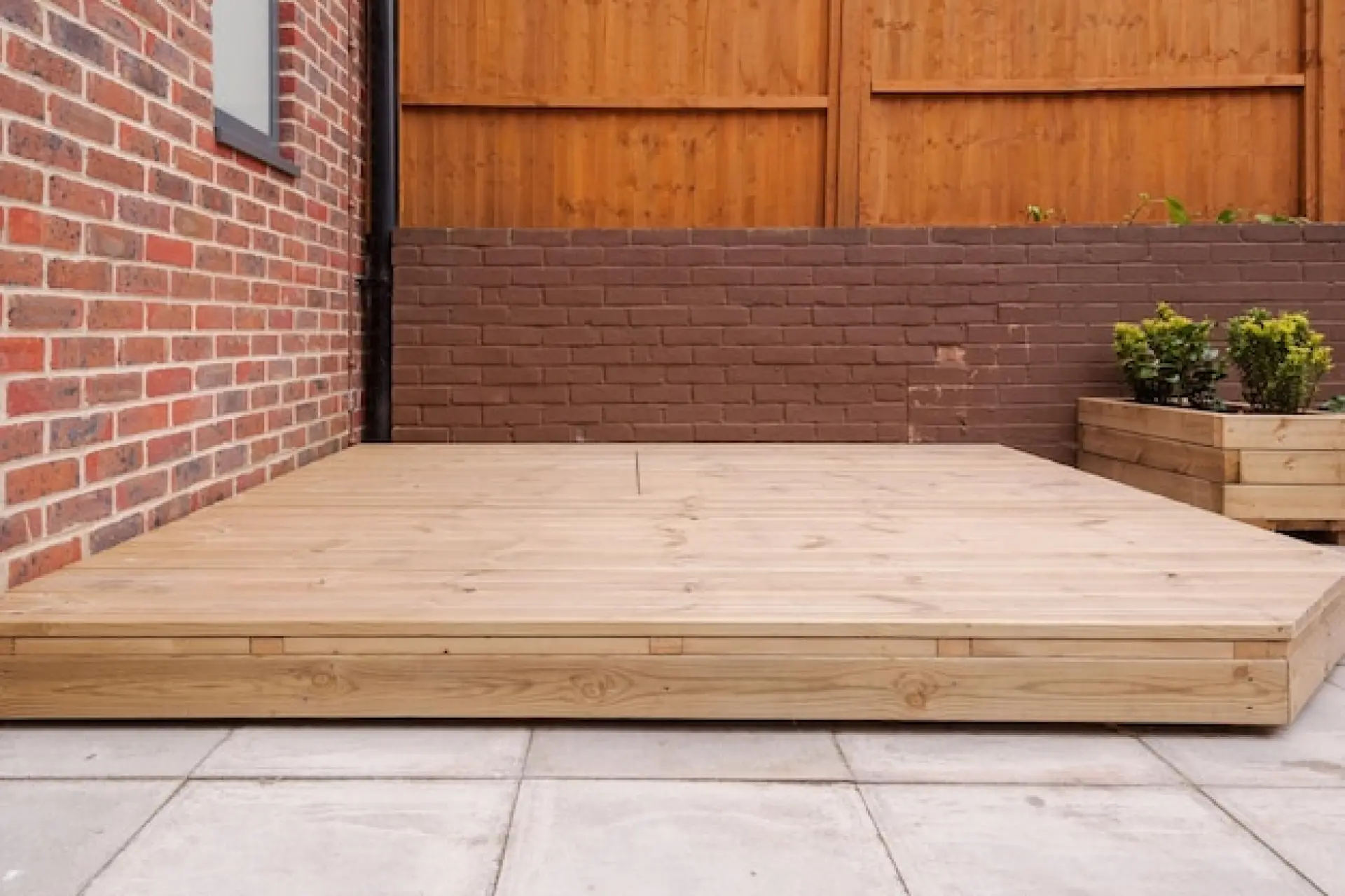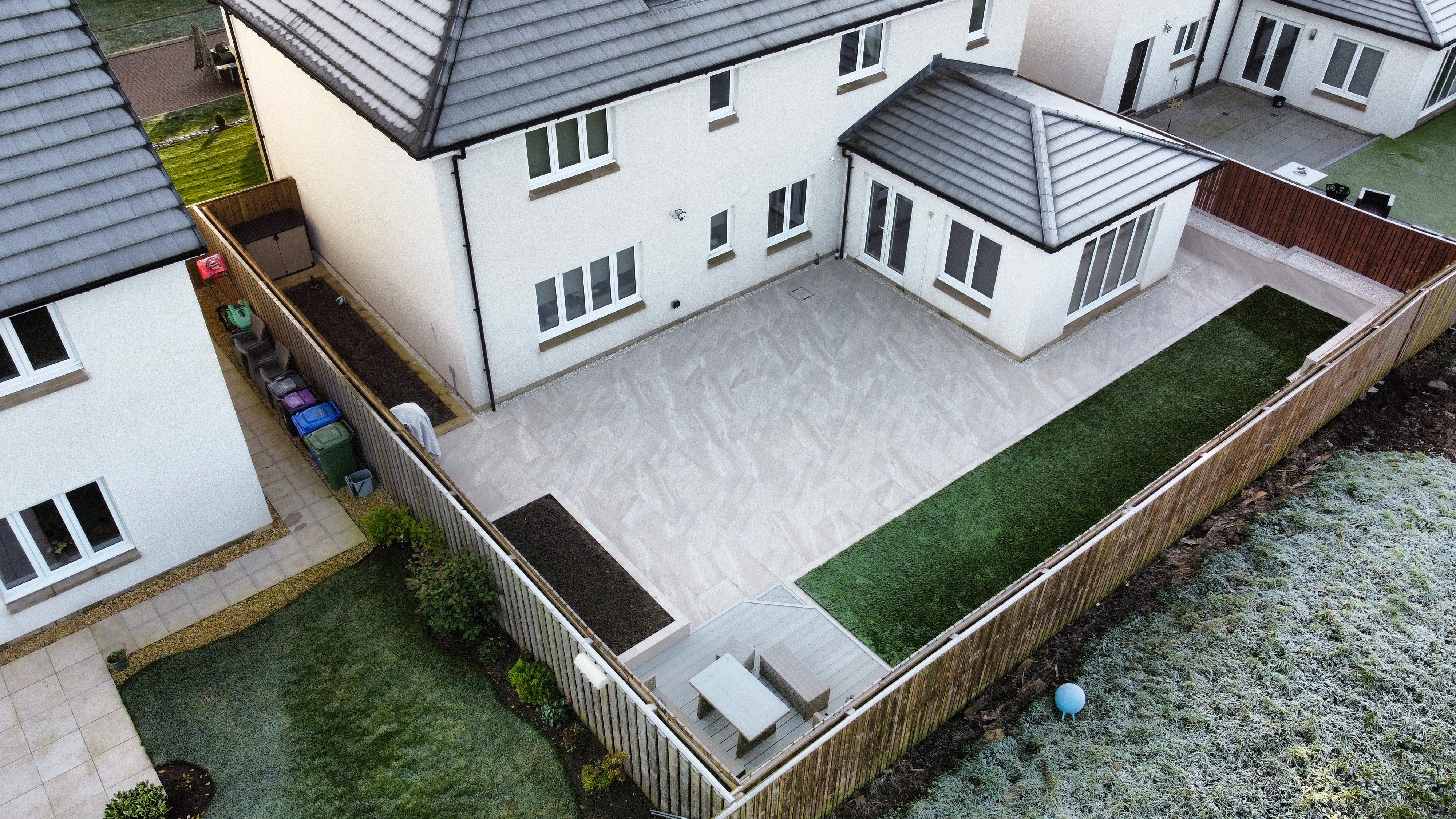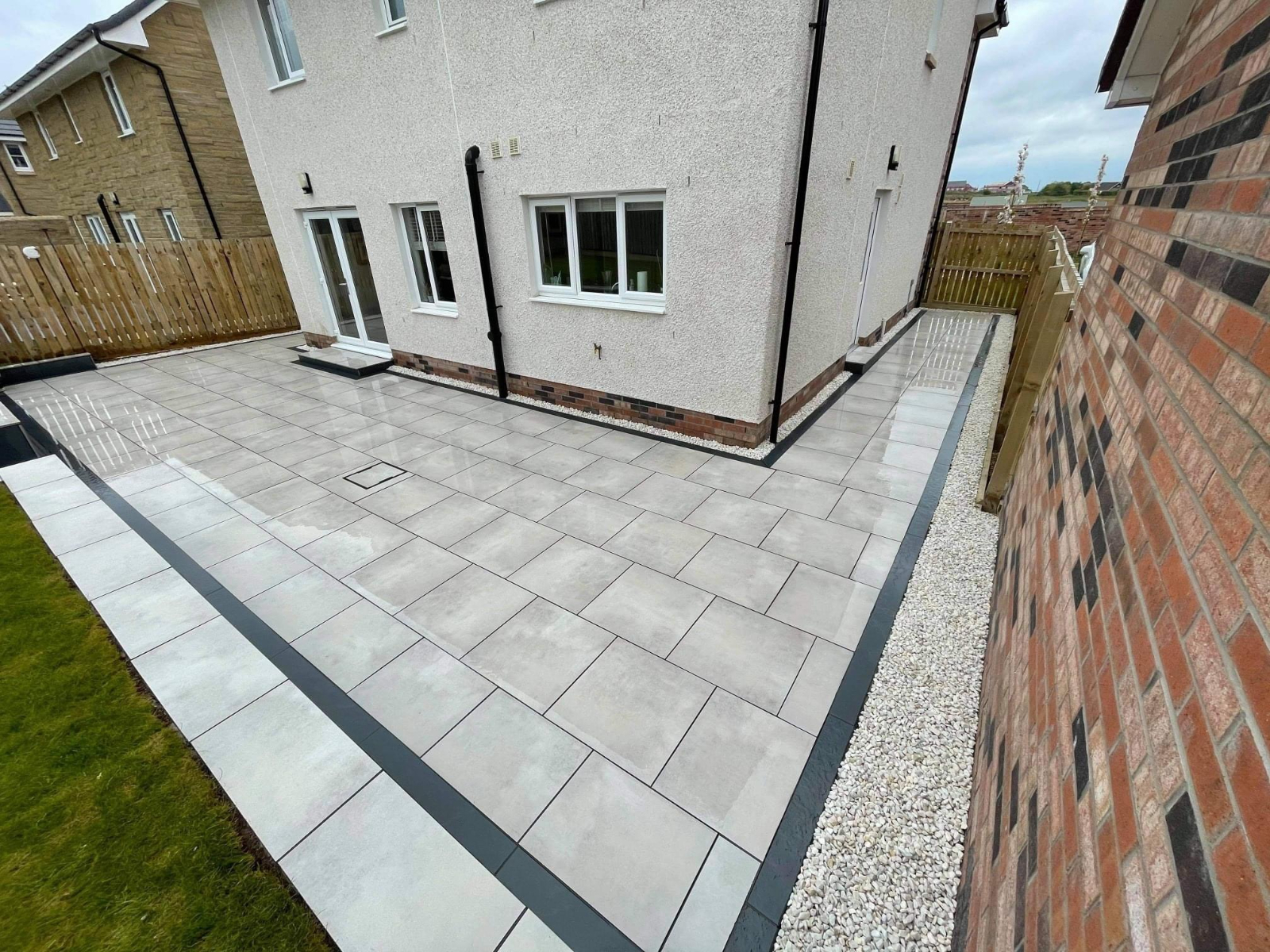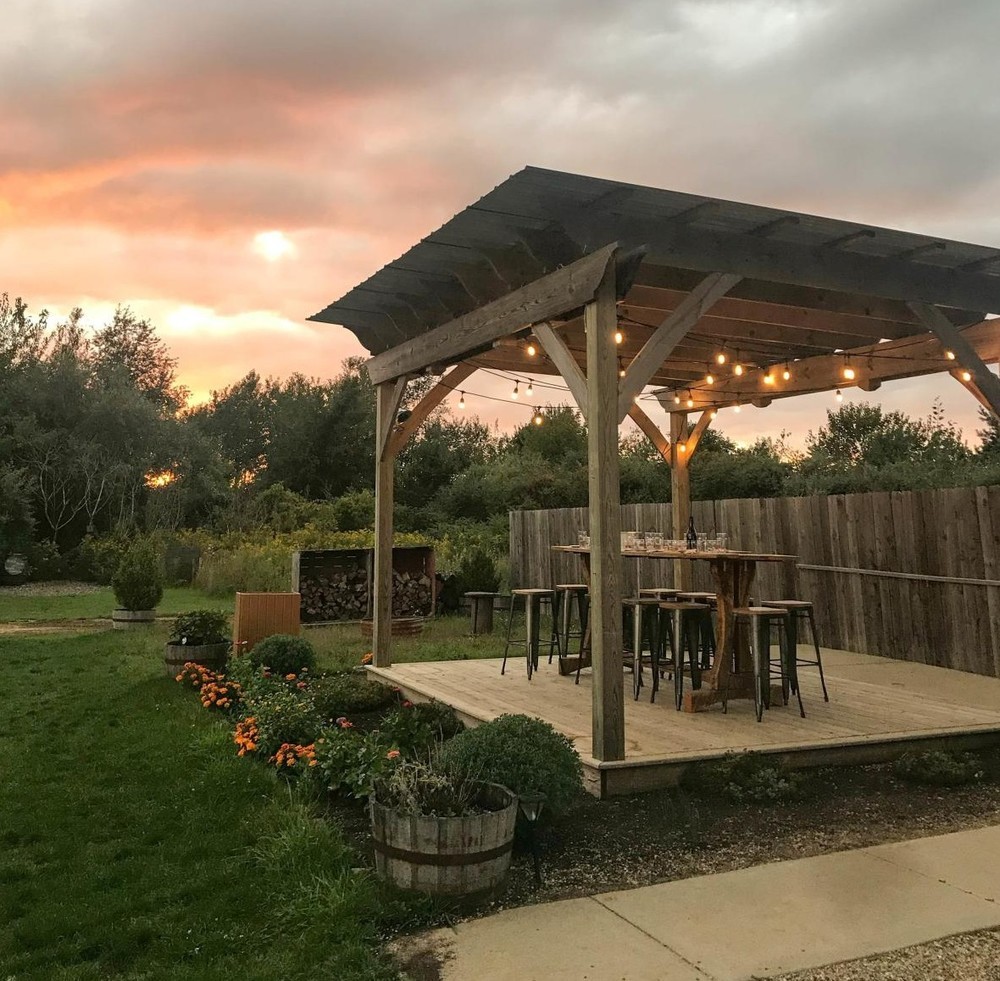Learn about 'Common Decking Installation Mistakes and How to Avoid Them' with our comprehensive guide. Gain insight into correct materials, ground prep, joist spacing, and much more.
Choosing the Wrong Decking Material
Selecting the wrong decking material can lead to issues such as warping, splitting, or premature wear. Many people opt for wood without considering its maintenance needs, while others choose composite without checking its quality. Softwoods like pine require regular sealing, whereas hardwoods such as teak are more durable but expensive.
Composite decking is low maintenance but varies in quality, with some brands prone to fading or swelling. To avoid problems, research materials carefully, considering climate, usage, and maintenance requirements. Speak to suppliers or professionals to find a suitable option for your needs. Investing in the right material at the start can prevent costly repairs and replacements later.
Inadequate Ground Preparation
Poor ground preparation is a common mistake that leads to an unstable deck. If the ground is not level, the decking may shift over time, causing structural problems. Insufficient drainage can also result in water pooling, leading to rot and decay.
Before installation, clear the area of debris and ensure the ground is compact and level. Adding a weed membrane can prevent unwanted growth beneath the deck. Proper drainage is essential, so gravel or a slight slope should be used to direct water away. Taking the time to prepare the ground correctly will help maintain the deck’s stability and longevity.
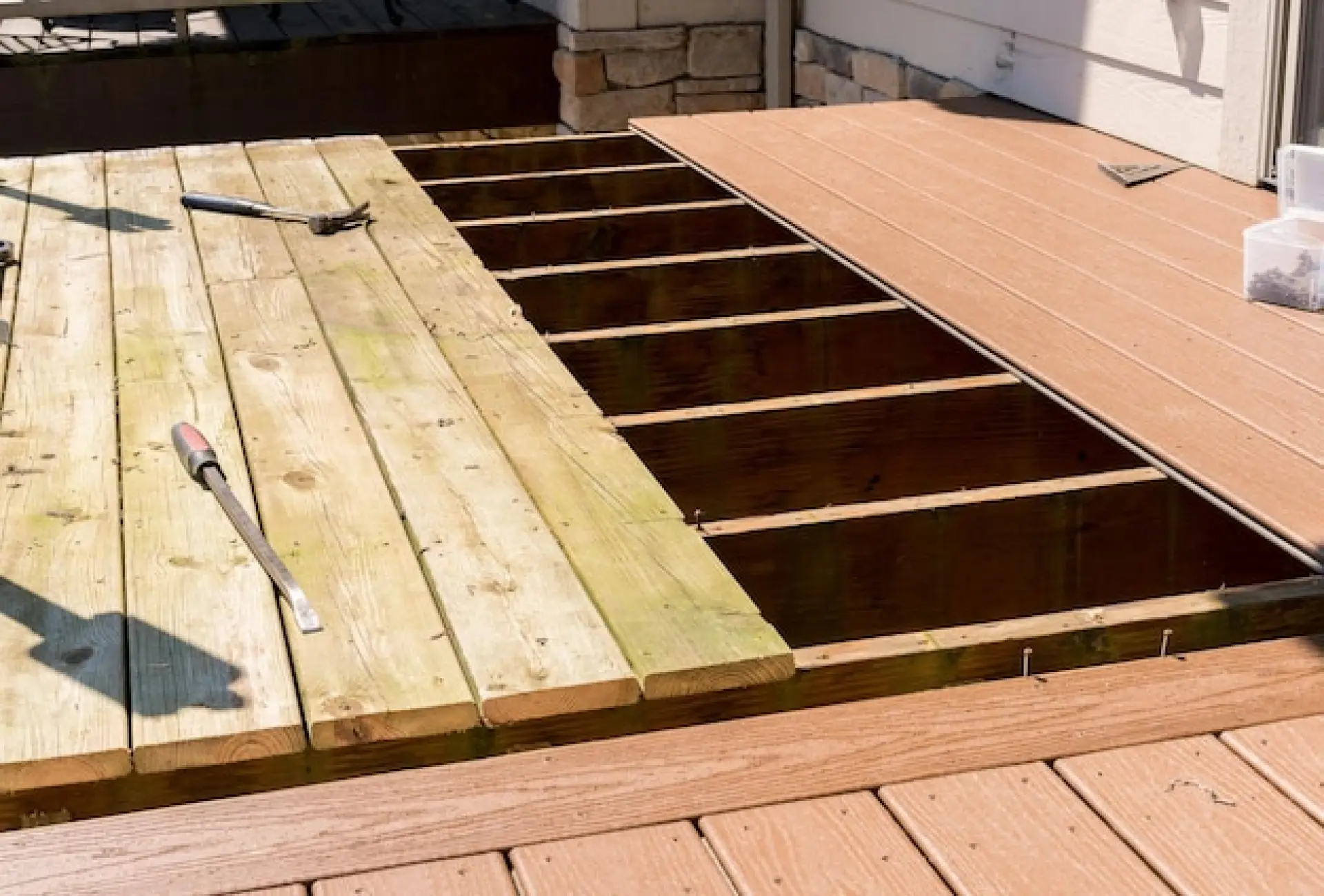
Neglecting ground preparation can also impact the lifespan of the decking frame. If the ground is too soft or poorly compacted, the deck may sink or become uneven over time.
This is especially problematic for raised decks, where poor foundation work can lead to movement in the supporting posts, affecting the overall structure.
In damp environments, excess moisture in the soil can speed up wood decay, weakening the foundation. For areas with heavy rainfall, using concrete footings or ground screws can provide additional stability and prevent subsidence. Ensuring the base is properly prepared will minimise costly maintenance and repairs in the future.
Incorrect Joist Spacing and Support Issues
Incorrect joist spacing can make decking feel weak or lead to boards sagging over time. Many installers space joists too far apart, failing to support the decking properly. The correct spacing depends on the decking material, with composite often requiring closer joist placement than timber. Skipping essential structural supports, such as noggins or blocking, can also reduce the deck’s strength.
To avoid these issues, follow manufacturer recommendations for joist spacing and use the correct framing materials. Ensuring the frame is strong and well-supported will prevent movement and make the deck safer and more durable.
Failing to Leave Expansion Gaps
Decking boards expand and contract with changes in temperature and moisture. Failing to leave expansion gaps between boards can cause warping, buckling, or cracking as the material shifts.
Timber decks need sufficient space for natural movement, while composite boards often require specific spacing set by manufacturers. Inadequate gaps can also trap moisture, leading to mould and rot.
To prevent these issues, always follow the manufacturer’s guidelines for spacing and allow for seasonal expansion. Using spacers during installation helps maintain consistent gaps, ensuring the deck remains stable and visually appealing.
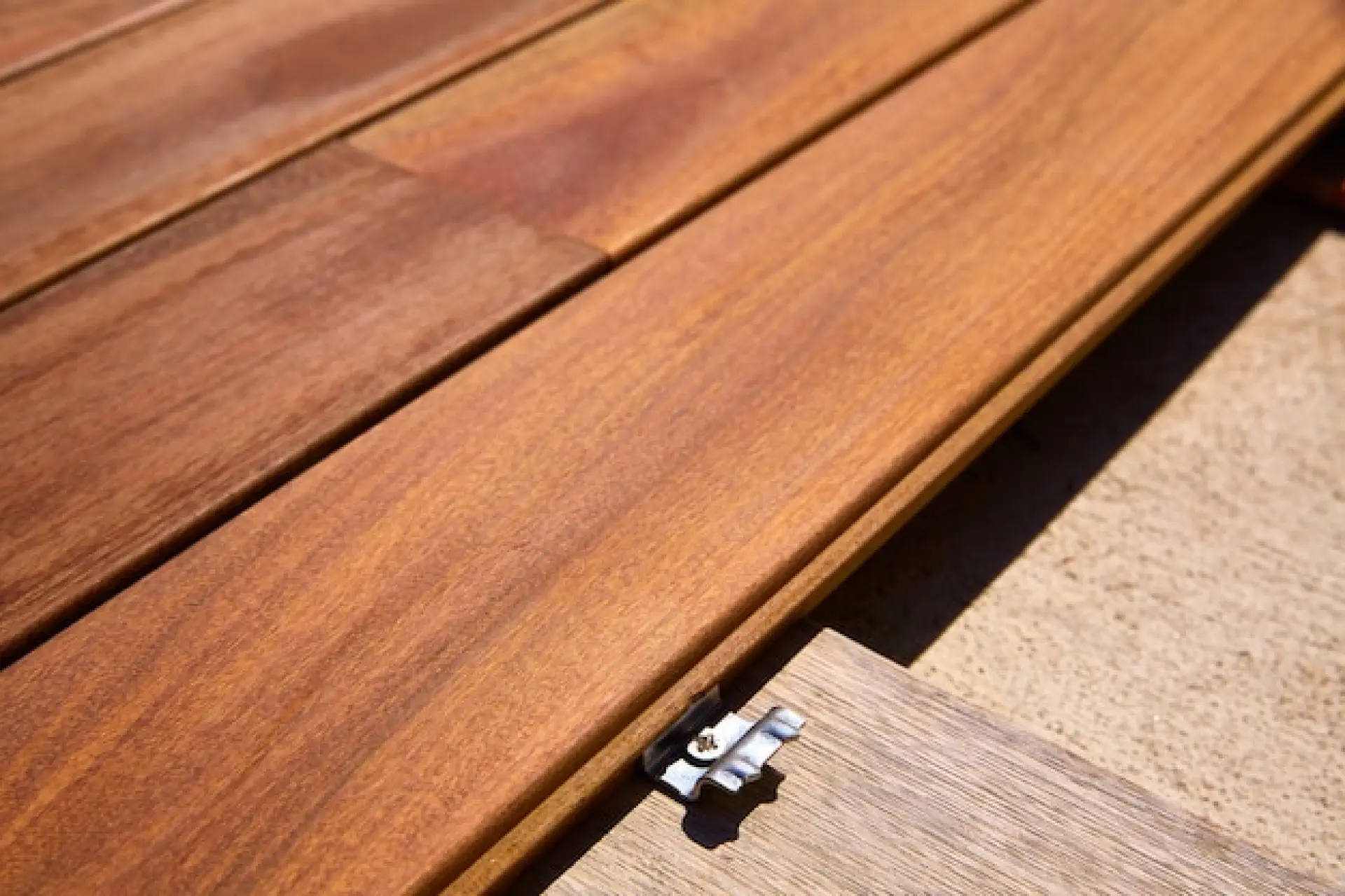
One of the biggest consequences of failing to allow for expansion gaps is long-term structural damage. When boards are tightly installed with no room to move, pressure builds up, causing stress on the fasteners and fixings.
This can lead to screws popping out or boards lifting over time. In extreme cases, the deck may become uneven or develop hazardous gaps.
Additionally, in humid or rainy conditions, trapped moisture between tightly packed boards can accelerate decay and encourage the growth of mould and algae. This not only weakens the decking but also creates a slippery surface, increasing the risk of accidents. Planning for adequate spacing at the start will ensure a safer, more durable, and low-maintenance deck.
Using the Wrong Fasteners and Fixings
Using incorrect fasteners can weaken decking and cause long-term damage. Standard nails or screws may not provide enough grip, leading to loose boards or corrosion.
Stainless steel or coated screws are best for outdoor conditions, as they resist rust and deterioration. Some decking materials require hidden fasteners for a seamless look, while others need specific screw types to prevent splitting.
Ignoring these details can shorten the deck’s lifespan. To avoid problems, always use manufacturer-recommended fixings and check they are suitable for outdoor use. Securely fastening boards with the right materials will keep the deck strong and safe.
McDonald Landscapes is an excellent company that you can turn to for outdoor landscaping projects. If you're looking for decking installers in Ayrshire, look no further and give us a call.

